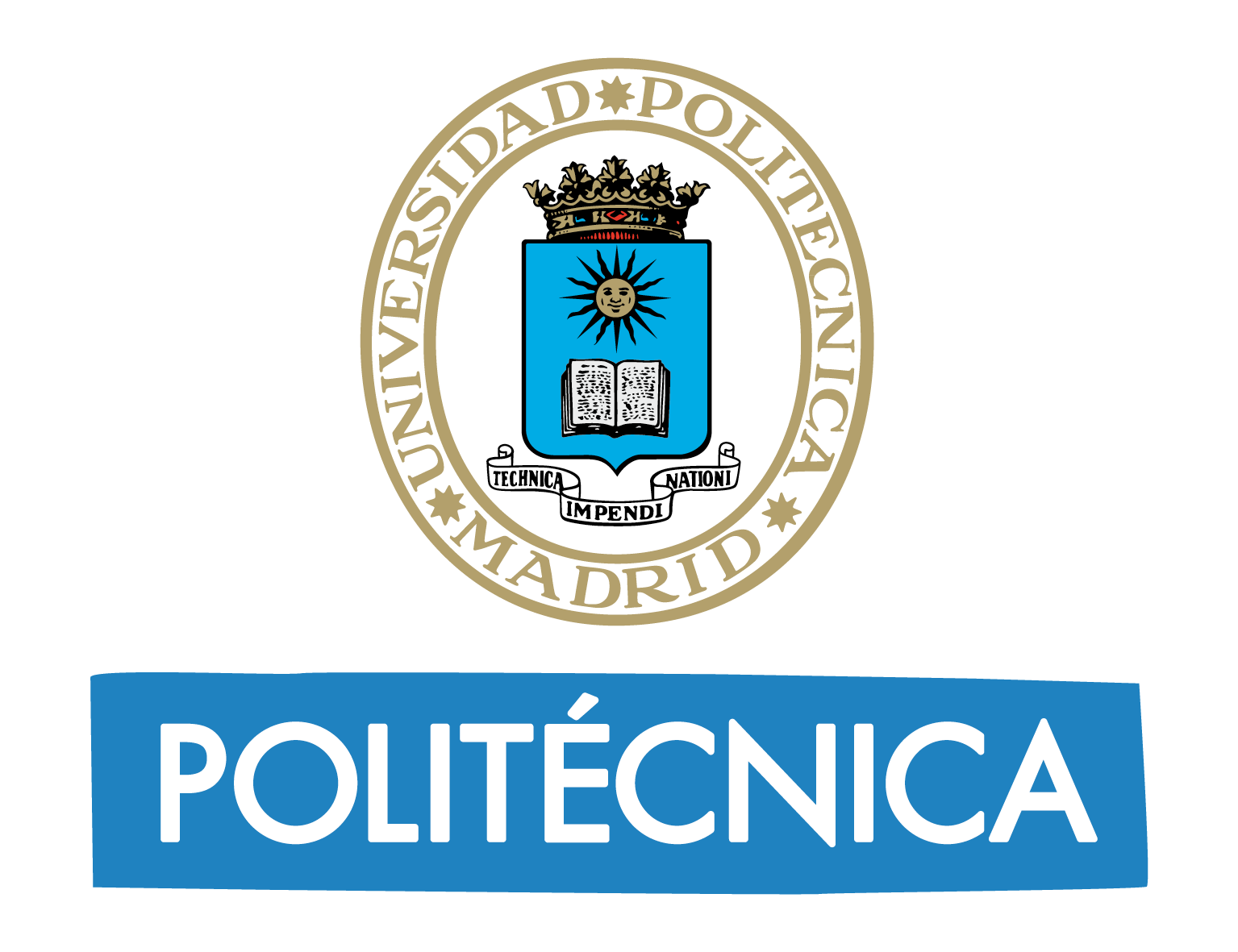Amazon's Vendor Flex model, effective in saving supply costs
A team of researchers from the School of Industrial Engineering of the Universidad Politécnica de Madrid (UPM) develops the first research on Amazon´s Vendor Flex model, demonstrating that the system allows transaction costs without sharing information between Amazon and its vendor.
26.09.24
Analyzing the viability of Amazon´s Vendor Flex model, establishing whether is suitable for reducing supply costs is the goal of a pioneering research project developed by professors Gustavo Morales and Antonio Hidalgo from the School of Industrial Engineering of the Universidad Politécnica de Madrid (UPM).
Researchers from the University of Rome Tor Vergata have also collaborated on this project, which has recently been published in the European Journal of Innovation Management (EJIM).
The research combines the perspectives of innovation in the supply chain with the literature on alliances between companies, focusing on the Vendor Flex (VF) model developed by Amazon.
Vendor Flex is an alliance in which the Amazon supplier (vendor) allows Amazon´s employees to be in the supplier´s warehouse and this way the products sold on the platform can be sent to the end customer by Amazon staff working in the supplier´s facilities.
“This model seeks to be a symbiotic relationship, in which Amazon suppliers who are not specialists in on-line sales can benefit from Amazon's knowledge in online sales. In this sense, Amazon avoids buying all products offered on its platform, since many can be sent from the supplier's own facilities,” explains Morales.
Effective in reducing costs
The new project focuses on the options that the model presents in terms of reducing costs and in this case too, the researchers assure that the objective is achieved: “In this new article, the UPM researchers highlight that the Vendor Flex model allows transaction costs to be reduced, taking advantage of Amazon's specialized knowledge, without sharing information between Amazon and its vendor,” explains Morales.
The model tries to pretend a vertical integration strategy, without the need for an exchange of shares (equity), but through the use of Amazon's specialized knowledge and although it poses some governance problems between Amazon and its suppliers, due to the high asymmetries in the relationship, it has proven to be economically sustainable.
A previous work developed by the researchers already demonstrated that the model implemented by Amazon was sustainable: “By taking advantage of the underused capacity in the Vendor´s warehouses, Amazon significantly reduces the need to build new fulfillment centers, saving hundreds of millions of dollars investments”, explains Antonio Hidalgo, also UPM researcher participating in this study.
“During peaks in demand, such as Black Friday or Christmas, vendor flex solves storage capacity problems by making intensive use of technology and available workforce. This improves the speed of order processing, reduces situations of stock shortages and contributes to the efficiency of the last delivery section”, he adds.
For researchers, the importance of research like this lies in the fact that it highlights the importance of large corporations assuming changes in their business models if they want to meet environmental objectives as well as being more economically sustainable.
References: Morales-Alonso, G., La Bella, A., Levialdi, N. G., & Hidalgo, A. (2024). Decoding Amazon’s innovation and partnerships in the Vendor Flex: meaningful alliances or imbalanced governance dynamics? European Journal of Innovation Management.


